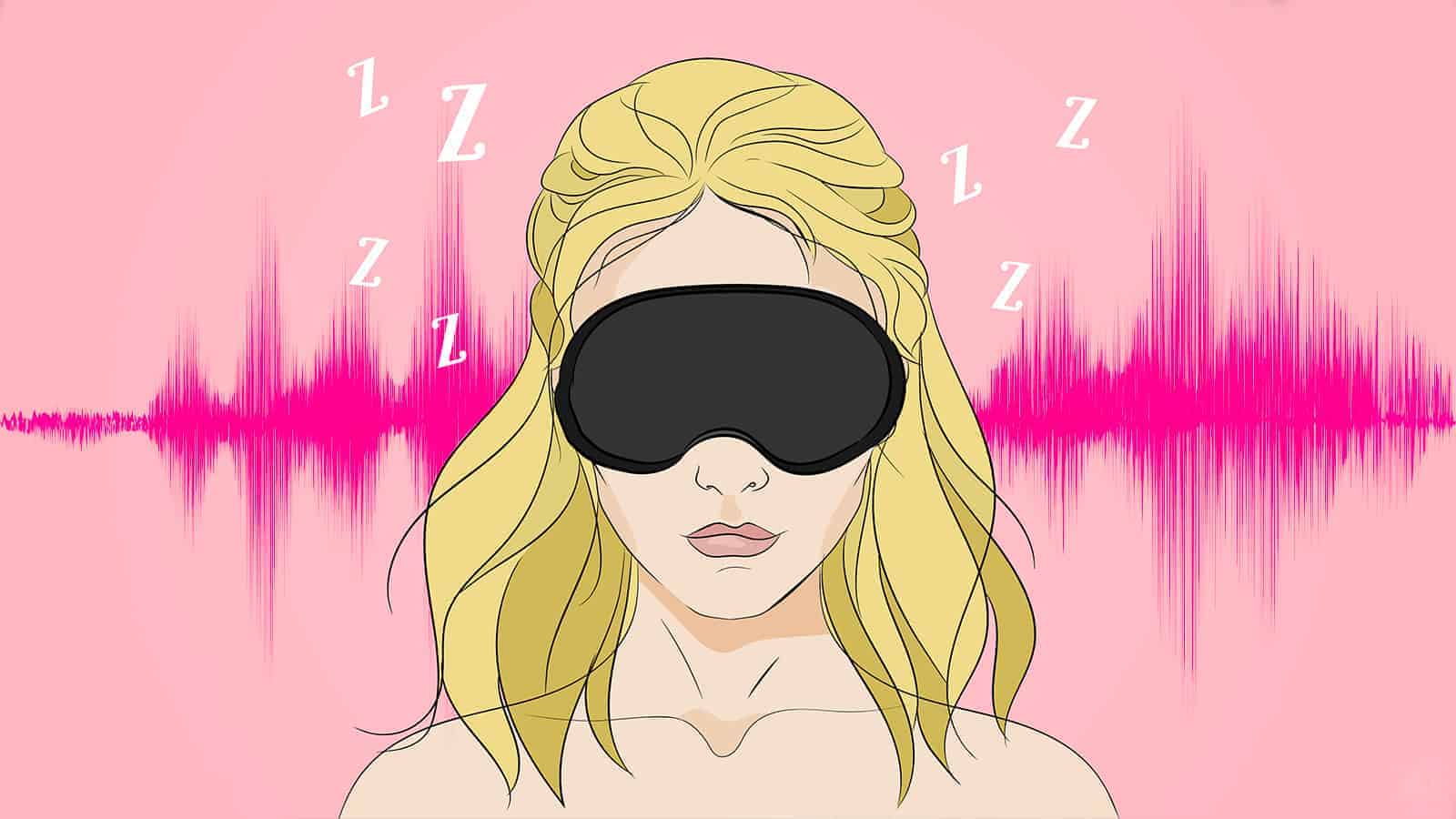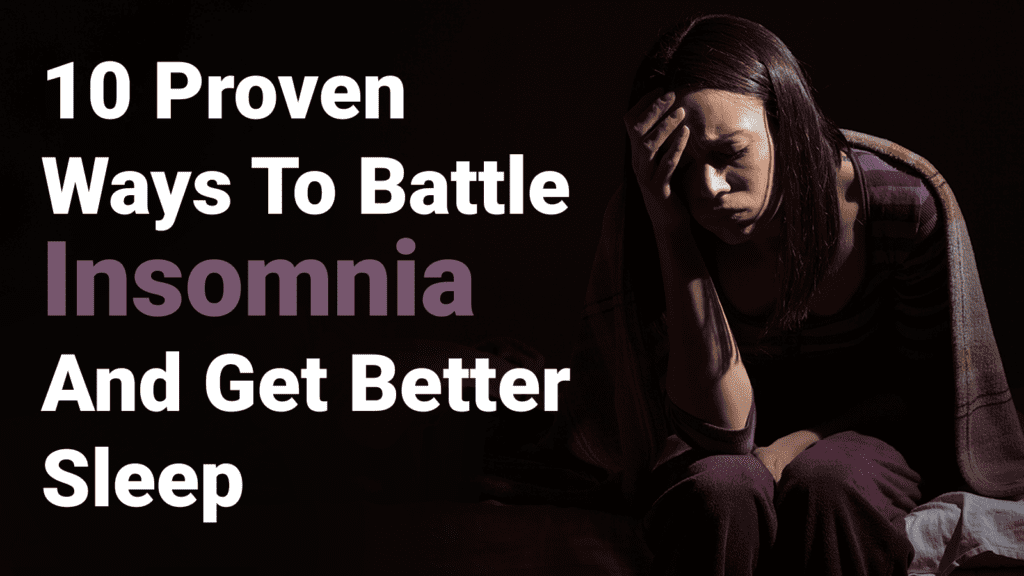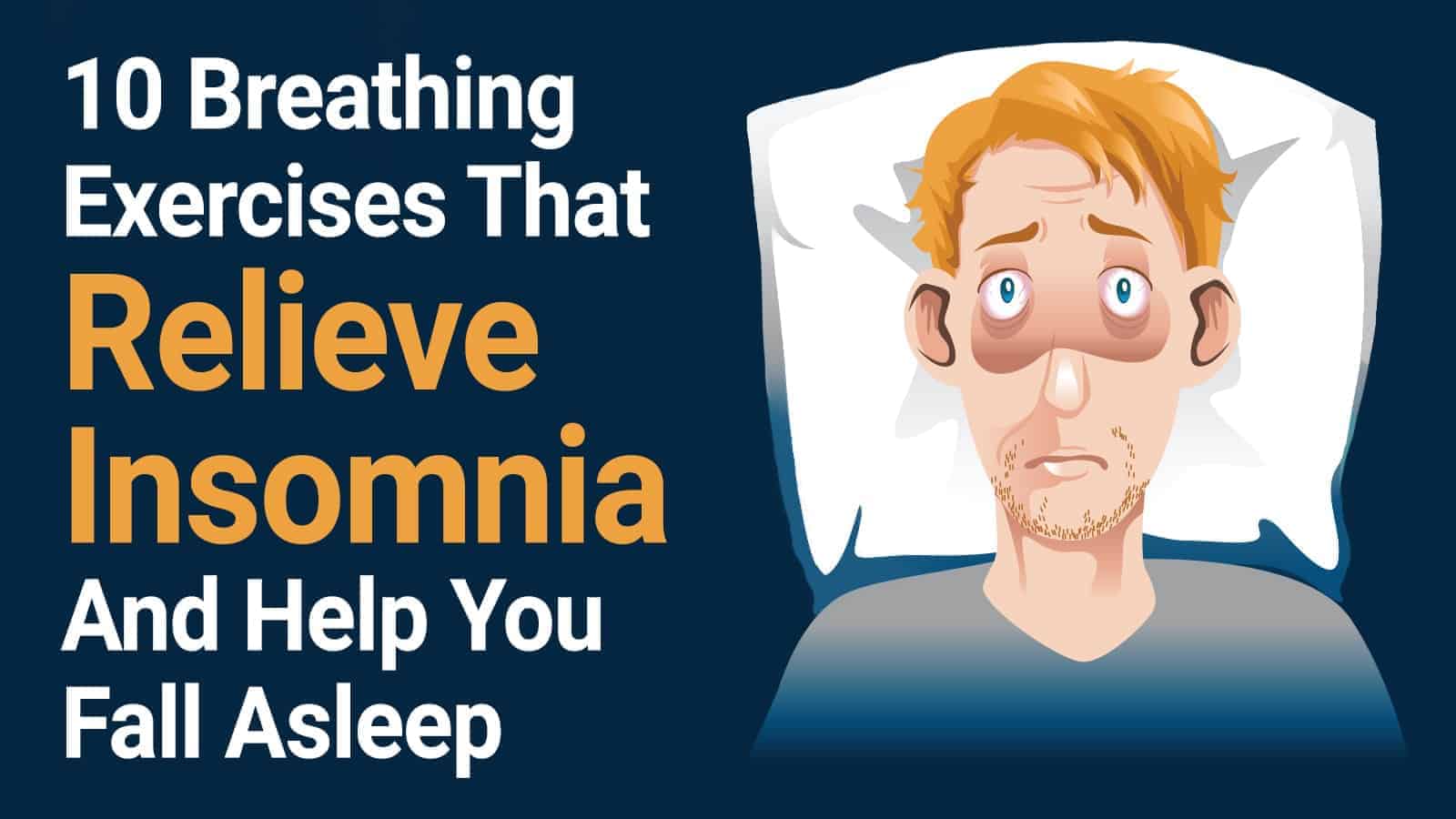We’ve all heard of white noise and how it helps people fall asleep, but now scientists have discovered how pink noise can lull us into a restful sleep as well. Unfortunately, insomnia and other sleep disorders have increased dramatically over the last decade, likely due to the prevalence of technology and a faster pace of living.
According to the Centers for Disease Control and Prevention, 30 percent of American adults don’t get the recommended amount of sleep each night.
Here are just a few health consequences of sleep deprivation:
- Memory problems
- Trouble concentrating and thinking clearly
- Weakened immune system
- Higher risk of developing diabetes
- Risk of heart disease increases
- Poor balance and coordination
- High blood pressure
- Risk of gaining weight and obesity
- Accident risk increases
- Anxiety and depression, along with other mental illnesses, can develop.
- Disruption of hormone production
As you can see, a lack of sleep can affect many aspects of health, and today, people seem to have more sleep troubles than ever. Many doctors recommend white noise to help people get better sleep, but now, pink noise appears to show some promise as well.
Below, we’ll explain what pink noise is and how you can incorporate it into your sleep routine to get a restful night’s sleep.
Research reveals how pink noise promotes better sleep:
First of all, what the heck is pink noise anyway? It operates on the lower range of frequencies compared to white noise, so this results in deeper sounds with more bass.
Humans can hear frequencies ranging from 20 hertz to 20,000 kHz. Frequency means the number of times per second a sound wave repeats itself, which determines the pitch of the sound. When we look at the scale of frequencies, 20 hertz is the lowest, so it will have a shallow pitch. On the opposite end, 20,000 kHz is the highest pitch and frequency we can hear.
Here are some common examples of pink noise that you probably hear at some point:
- steady rainfall
- the wind rustling through leaves
- gentle ocean waves
- low rumbling thunder
- a low roaring waterfall
- a fan on a low setting
Experts now believe that pink noise may even outperform white noise in its ability to help people get better sleep, but they still need to do more studies comparing the two. However, in one 2012 study, participants who listened to pink noise while sleeping got more deep sleep than those two slept without any noise. This outcome occurred because it slowed the brain waves of participants, which allowed them to fall into a deep sleep for a more extended period.
Pink noise may also positively impact memory. In a 2017 study, researchers played pink noise in sync with people’s delta brain waves (corresponding with deep sleep) and discovered that people improved on memory tests by 26% the following day. Also, a small study done in 2019 found that pink noise improved deep sleep and memory recall in people with mild dementia.
Plus, pink noise can mask other noise that can make it difficult to fall asleep, such as cars or loud music. Not to mention, hearing nature sounds will automatically lower your stress levels and put you into a much more relaxed state, which will help you fall asleep faster.
Here’s a description of the different types of noise, classified by colors:
Pink noise
To recap, pink noise is like white noise except much more deep-seated. It operates at lower frequencies and has a deep, rumbly sound.
White noise
White noise is comprised of all frequencies. It is equally distributed along the frequency scale, unlike pink noise, and creates an even, humming sound.
White noise examples include:
- whirring fan
- radio or television static
- hissing radiator
- humming air conditioner
Since white noise operates along with all frequencies equally, sleep therapists often recommend it for their patients to get better sleep since it will easily mask other sounds.
Brown noise
Brown noise is even more profound than pink noise, operating at lower frequencies.
Examples of brown noise include:
- anything with a low roaring sound
- strong waterfalls
- thunder
Brown noise sounds similar to white noise to the human ear, but you can differentiate it because brown noise will have a deeper frequency. No studies exist on the effectiveness of brown noise for better sleep, but waterfalls and thunder can have a relaxing impact on some people.
Black noise
Black noise simply means a lack of sound. If you’ve ever been inside a sensory deprivation tank, you’ll know exactly what this feels like. We don’t typically get a chance to experience this in daily life, however, because even at night, we may hear the air conditioner or bugs outside. However, if you have a soundproof room, you might just get to experience the peacefulness of no sound at all.
If you frequently have trouble falling asleep at night and you don’t like noise at bedtime, we have some other suggestions for you. Experts have found that relaxation techniques such as breathing exercises can promote better sleep and lower the stress response.
Here are a few to try out if you frequently experience insomnia or other sleep problems:
-
THE 2-TO-1 EXERCISE
Here’s how to do this breathing technique: Exhale for double the time you inhale on the same breath. This breathing exercise benefits both the sympathetic and parasympathetic nervous system. The sympathetic nervous system gets less stimulated during this breathing exercise, which increases activity in the parasympathetic nervous system. In turn, this slows the heart rate and relaxes the body.
Breathe in for as long as you feel comfortable; for most people, it’s three to four seconds. Do this exercise while sitting up straight in a chair with your spine in alignment, or while lying down in bed with your arms at your sides and your palms facing up. After you inhale, exhale for double that amount of time. Count each breath out loud, not in your head, because you want to put all your attention on your breaths.
Contract your ab muscles and deepen your exhalations to push out excess carbon dioxide, which will increase blood flow to the heart and lungs.
-
THE 4-7-8 BREATHING EXERCISE
Known otherwise as the relaxing breath, this breathing technique helps some people fall asleep in just one minute. Creator Dr. Andrew Weil says this technique is “a natural tranquilizer for the nervous system.” As a practitioner of holistic medicine and health, Dr. Weil developed the 4-7-8 breathing method to help people get better sleep and also lessen feelings of stress and anxiety.
This breathing technique helps ground the mind and body into the present moment, which can greatly aid those suffering from anxiety and panic attacks. People with anxiety disorders have trouble relaxing their minds, but breathing deeply helps us reconnect to our bodies. This breathing exercise also helps expel excess carbon so that the body feels lighter and more relaxed for sleep.
To do the 4-7-8 breathing technique, inhale through your nose for four seconds, hold for seven and exhale with your mouth open for eight seconds. While you do the exercise, touch the tip of your tongue to the roof of your mouth on the area right behind your front teeth. Make sure you concentrate on regulating your breaths and try to perform the exercise at least twice per day.
-
ALTERNATE NOSTRIL BREATHING
This technique comes from a yogic exercise called pranayama. When you perform this exercise, you’ll feel a deep sense of peace and calm come over you, as it helps balance each side of the brain for better sleep and relaxation.
First, place your right thumb over the right nostril and then inhale deeply through the left. When you’ve inhaled completely, remove your thumb and place your ring finger on your left nostril and exhale slowly and evenly. Repeat this exercise several times. Afterward, you will feel more tranquility and be able to fall asleep easier.
Remember not to focus on counting the seconds, but simply put your awareness on your breath. Focus on how it feels to breathe in deeply through each nostril, and how feelings of relaxation start to wash over you. Do not put your attention on anything except your breath, because this grounds you to your mind and body.
Final thoughts on how pink noise promotes better sleep
While more studies must be done on this topic, small preliminary studies have shown promise about how pink noise can promote better sleep. Many people throughout the world struggle with insomnia and other sleep disorders. However, relaxing noises such as waterfalls and rain can greatly aid with easing a troubled mind.
If you often have racing thoughts and difficulty getting restful sleep, try apps on your phone or pink noise machines to promote better sleep. A lot of people find that listening to peaceful noises before bed helps them fall asleep faster and get deeper sleep throughout the night.

















 Community
Community

